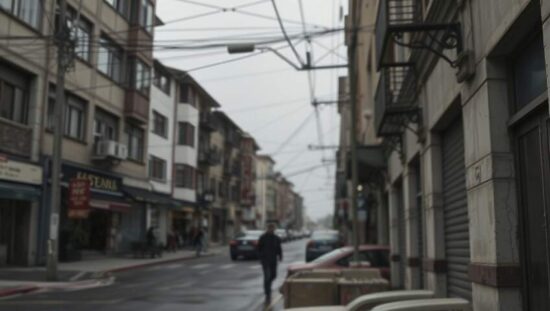Automobile insurance premiums are poised for a sharp increase, driven by a confluence of factors largely attributable to manufacturer control and a persistent skills shortage, according to Klaus-Jürgen Heitmann, CEO of HUK-Coburg, a major German auto insurer. Heitmann cautioned in a recent interview that repair costs are escalating beyond the rate of general inflation, placing a significant financial burden on motorists.
The core of the problem, according to Heitmann, lies in the market dominance wielded by automobile manufacturers. With limited competition for replacement parts, these companies are able to dictate pricing, pushing up costs for consumers. This practice, he argues, has created an artificial inflation in the automotive parts market that is not reflective of broader economic trends.
The situation is further exacerbated by a severe shortage of skilled mechanics and technicians. As demand for repairs outstrips the available workforce, labor costs in workshops are experiencing substantial increases. “They simply can’t find enough people to meet their needs” Heitmann noted, emphasizing the structural impact on repair expenses.
Adding to the complexity, the rising cost of repairing electric vehicles is contributing to the upward pressure on premiums. Extensive damage, particularly involving battery compromise in severe accidents, frequently leads to total loss declarations, dramatically inflating claim costs.
While acknowledging the challenging present, Heitmann expressed cautious optimism regarding the potential for future relief. He pointed to experiences in the United States and China, where autonomous vehicle adoption has correlated with a dramatic reduction in accident rates – as much as 80% in some instances. Such a shift could, theoretically, lead to decreased insurance premiums in the long term. However, he cautioned that widespread adoption of autonomous vehicles remains a distant prospect and the immediate outlook for automobile insurance costs remains decidedly bleak. The current model, he implies, demands a critical examination of manufacturer practices and a concerted effort to address the skills deficit within the automotive repair sector.





